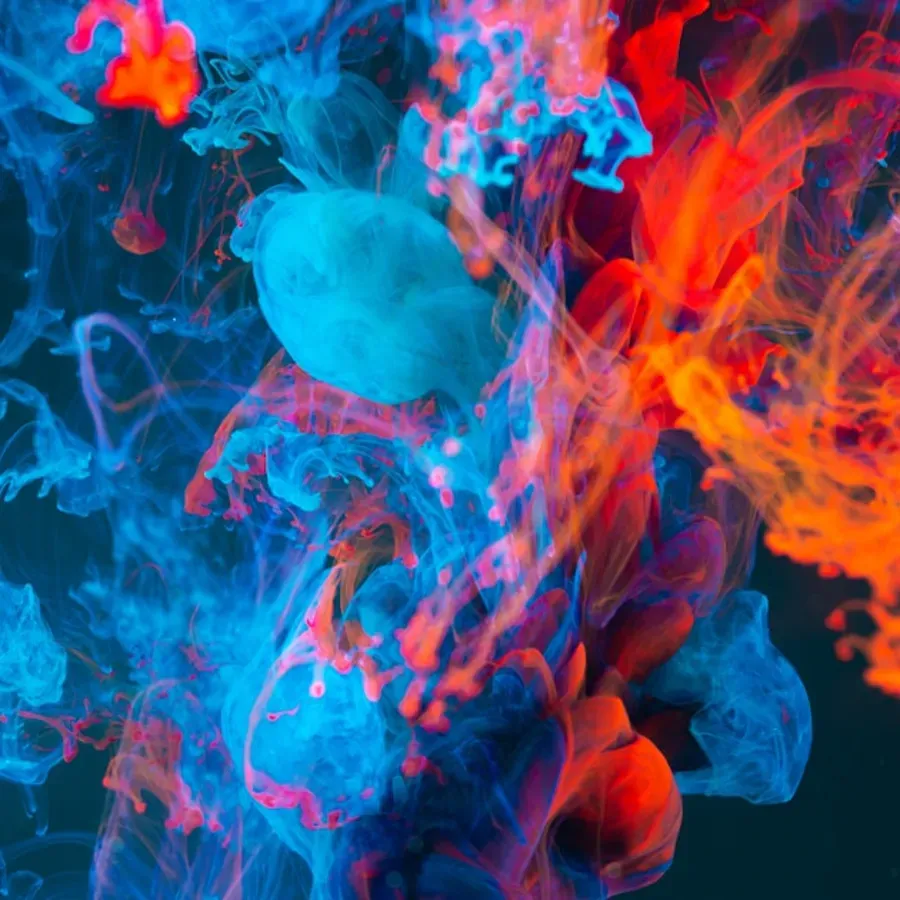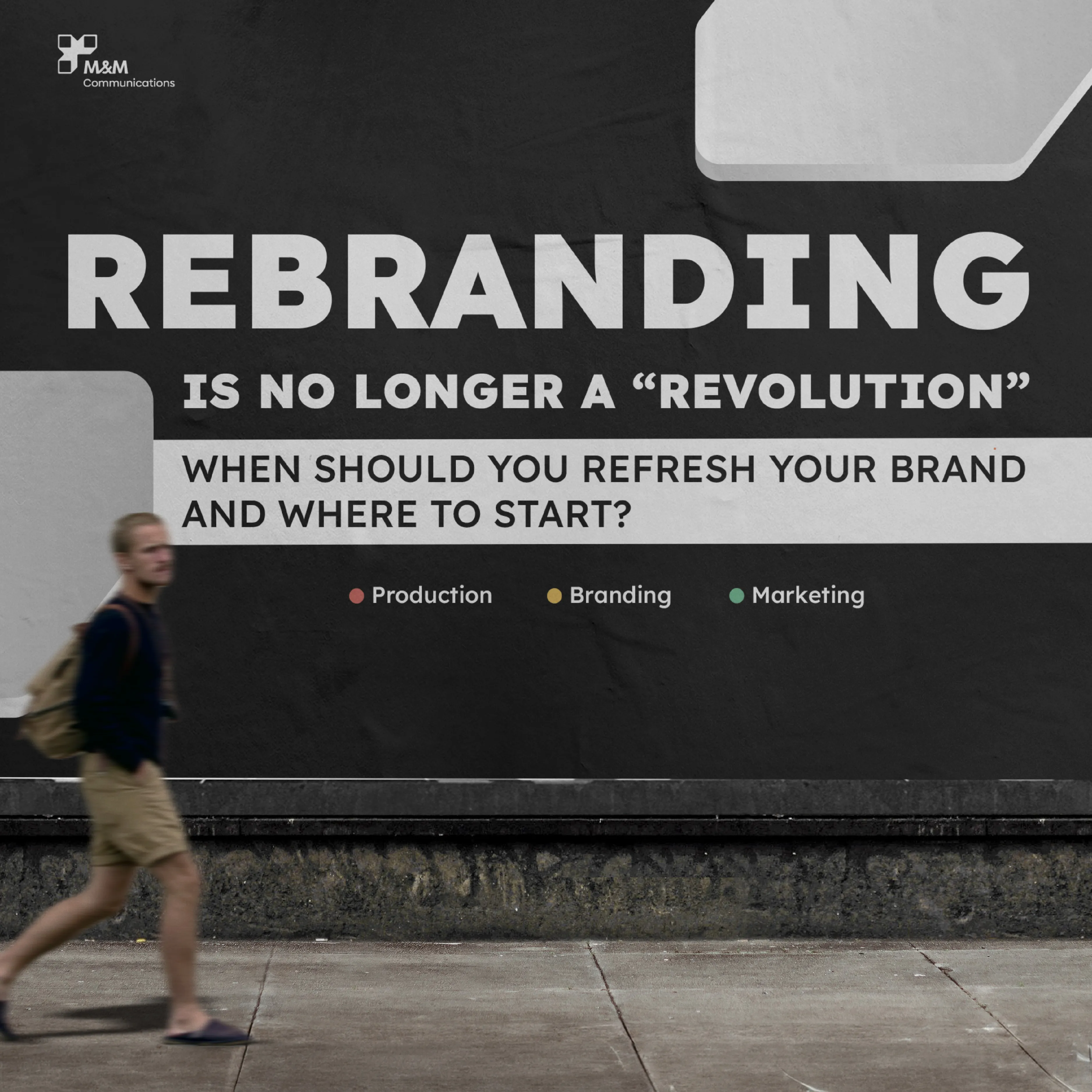
Color psychology in web design leverages the profound psychological and emotional effects colors have on human perception, behavior, and decision-making. Colors are not merely aesthetic choices—they communicate brand personality, guide user attention, influence emotions, impact usability, and ultimately affect conversion rates and business outcomes. Research shows color increases brand recognition by up to 80%, improves comprehension by 73%, and influences 85% of purchase decisions. Understanding color psychology enables designers to make strategic color choices supporting business objectives rather than relying on personal preferences or trends alone.
The science of color spans psychology, neuroscience, cultural studies, and marketing. Colors trigger physiological responses—red increases heart rate creating urgency, blue produces calming effects enhancing trust, yellow stimulates mental activity but can cause anxiety in excess. However, color psychology isn't absolute—responses vary by cultural background, personal experiences, context, and color combinations. Modern web design must balance: psychological principles, brand identity requirements, accessibility standards (sufficient contrast for readability), cross-cultural considerations for global audiences, and practical constraints (screen rendering, color blindness affecting 8% males, 0.5% females). Effective color strategy requires understanding these multiple dimensions creating cohesive, accessible, psychologically resonant color palettes.
Color Meanings And Emotional Associations
Red evokes powerful emotions: energy, passion, excitement, urgency, danger, love, and power. Red increases heart rate and creates sense of urgency—why it's ubiquitous in clearance sales and CTAs. Brands using red: Coca-Cola (excitement, happiness), YouTube (energy, engagement), Netflix (entertainment, passion), Target (bold, trendy). Use red for: call-to-action buttons driving immediate action, sale promotions creating urgency, food brands stimulating appetite, brands wanting bold energetic identity. However, red can overwhelm—use strategically as accent rather than dominant color, and consider cultural variations (red means luck in China, danger in Western contexts).
Blue conveys trust, security, professionalism, calmness, intelligence, and reliability. Blue most universally liked color across cultures and genders—why it dominates corporate websites, financial institutions, social networks. Brands using blue: Facebook (connection, trust), IBM (intelligence, professionalism), PayPal (security, reliability), American Express (trustworthiness). Use blue for: financial services building trust, healthcare conveying calm professionalism, technology companies signaling intelligence, corporate sites establishing credibility. Blue's main drawback—so common it can feel generic. Differentiate through specific blue shade, combinations with other colors, or design elements beyond color alone.
Warm And Cool Color Spectrum
Yellow represents optimism, cheerfulness, creativity, caution, and energy. Yellow stimulates mental activity and generates feelings of happiness—but excessive yellow can cause anxiety and eye strain. Brands using yellow: McDonald's (happiness, energy), IKEA (optimism, affordability), Best Buy (innovation, confidence). Use yellow for: highlighting important information (warnings, notes), creative brands expressing playfulness, affordability messaging, attention-grabbing accents. Yellow works best as accent color—large yellow areas can overwhelm and yellow text on white backgrounds has poor readability requiring dark yellow shades for accessibility.
Green symbolizes nature, growth, health, tranquility, money, and environmental consciousness. Green has calming effects associated with balance and harmony. Brands using green: Starbucks (relaxation, community), Whole Foods (natural, healthy), Spotify (growth, freshness), John Deere (reliability, nature). Use green for: environmental/sustainable brands, health and wellness sites, financial services (money association), brands emphasizing growth or freshness. Green versatility spans multiple associations—from natural/organic to wealth/prosperity—choose green shade carefully matching intended message (bright lime green conveys energy, deep forest green suggests stability).
Purple conveys luxury, creativity, wisdom, spirituality, and imagination. Purple's rarity in nature (historically difficult/expensive to produce) creates luxury association. Brands using purple: Cadbury (premium chocolate), Hallmark (creativity, sentiment), Yahoo (imagination), Twitch (creative, youthful). Use purple for: luxury brands, creative industries, beauty products, brands targeting female audiences (purple popularity higher among women). Purple works well for differentiation—less common than blue/red/green making brands using purple memorable. However, purple can feel too feminine or mystical for some contexts—consider target audience and industry norms.
Color Schemes And Combinations
Monochromatic color schemes use single hue with variations in lightness and saturation creating cohesive harmonious appearance. Monochromatic advantages: inherently harmonious (impossible to clash), easy to create, conveys sophisticated minimalist aesthetic, focuses attention on content rather than colors. Create monochromatic schemes by: choosing base color, generating lighter tints (adding white), darker shades (adding black), and tones (adding gray). Use monochromatic for: minimalist designs prioritizing simplicity, content-heavy sites not wanting colors distracting, brands with single strong color identity. Monochromatic limitation—can feel boring or lack energy. Add visual interest through: texture, typography, contrast in lightness/darkness, and strategic use of neutral accent (white, gray, black).
Complementary color schemes pair colors opposite on color wheel (red/green, blue/orange, yellow/purple) creating high contrast and vibrant appearance. Complementary schemes: maximum color contrast for visual impact, energetic dynamic feel, draws attention effectively. However, complementary colors can clash if used equally—use one as dominant, other as accent. Successful complementary examples: blue/orange (professional yet energetic—used by many sports teams), purple/yellow (creative and bold), red/green (festive but requires careful balance avoiding Christmas associations unless intended). Use complementary for: brands wanting bold energetic identity, highlighting specific elements (CTA buttons), creating visual excitement. Avoid complementary for: text readability (red text on green background extremely hard to read), conservative industries, designs requiring subtlety.
Analogous And Triadic Schemes
Analogous color schemes use colors adjacent on color wheel (blue, blue-green, green) creating harmonious serene appearance. Analogous schemes: naturally pleasing combinations, low contrast, unified cohesive feel, easy on eyes. Create analogous schemes by: choosing dominant color, selecting 1-2 adjacent colors, varying lightness for hierarchy. Use analogous for: nature/environmental brands (green-blue-teal), calming professional sites (blue-purple), warm friendly brands (yellow-orange-red). Analogous limitation—low contrast can reduce visual hierarchy. Address by: varying value (lightness/darkness) significantly, using one color as dominant (60%), second as secondary (30%), third as accent (10%), and adding neutral colors for contrast.
Triadic color schemes use three colors equally spaced on color wheel (red, yellow, blue or purple, green, orange) creating balanced vibrant appearance. Triadic schemes: balanced while maintaining contrast, vibrant without being overwhelming, versatile for various applications. Use triadic for: playful brands (children's products, entertainment), creative industries, brands wanting colorful distinctive identity. Triadic implementation requires balance—use one color as dominant, others as accents, otherwise risk chaotic appearance. Successful triadic examples: Burger King (red, yellow, blue), Google (primary colors in logo). Test triadic schemes carefully—while theoretically balanced, practical application requires refinement ensuring readability, accessibility, and brand appropriateness.
Brand Colors And Personality Expression
Brand color strategy should reflect brand personality, values, and positioning. Framework for selecting brand colors: Define brand personality identifying 3-5 adjectives describing desired perception (innovative, trustworthy, playful, sophisticated), Research competitors understanding industry color conventions and differentiation opportunities, Consider audience preferences (demographics, cultural backgrounds), Select primary color strongly reflecting core brand personality, Choose secondary colors complementing primary while providing flexibility, and Test applications across various contexts (logo, website, print, products) ensuring consistency and versatility.
Industry color associations guide (but don't dictate) choices: Technology blue (trust, innovation), gray (sophistication), green (growth); Finance blue (security), green (money), gold (premium); Healthcare blue (calm, professional), green (health), white (cleanliness); Food red/yellow (appetite stimulation), green (healthy), brown (natural); Luxury black (elegance), gold (premium), purple (exclusivity); Children bright primaries (playful, energetic), pastels (soft, friendly). These conventions exist for reason—they quickly communicate industry/values. However, strategic differentiation through unexpected colors can create memorability—T-Mobile's magenta, Cadbury's purple, Tiffany's blue all stand out within their industries through distinctive color choices becoming brand assets themselves.
Color Accessibility And Contrast Requirements
Color accessibility ensures content readable for all users including those with visual impairments or color blindness. WCAG (Web Content Accessibility Guidelines) specifies minimum contrast ratios: 4.5:1 for normal text (less than 18pt or 14pt bold), 3:1 for large text (18pt+ or 14pt+ bold), 3:1 for UI components (buttons, form borders, icons). Test contrast using tools: WebAIM Contrast Checker, Stark plugin, Chrome DevTools, or built-in contrast checkers in design software. Insufficient contrast causes: reading difficulty (forcing users to squint or zoom), user exclusion (some cannot read content at all), SEO penalties (Google considers accessibility in rankings), and legal risk (ADA lawsuits increasingly common for inaccessible sites).
Color blindness affects approximately 8% males, 0.5% females—most commonly red-green color blindness (difficulty distinguishing reds and greens). Design considerations: Don't rely on color alone to convey information (use icons, labels, patterns alongside color), Test designs with color blindness simulators (Coblis, ColorOracle, Stark), Use high contrast beyond just color (dark vs light rather than red vs green), Provide alternative indicators (underline links don't rely solely on color), and Choose color blind-friendly palettes (blue/orange rather than red/green). Well-designed accessible color schemes work for everyone—accessibility constraints often improve design clarity benefiting all users not just those with impairments.
Call-To-Action Button Color Optimization
CTA button color significantly impacts conversion rates with numerous studies showing color changes increasing conversions 5-35%. However, no universally best button color—effectiveness depends on: surrounding colors (contrast matters more than specific color), brand colors (consistency versus standing out), audience preferences, and psychological context. General CTA color principles: High contrast with background ensuring buttons immediately visible, Complementary to brand while standing out (brand blue site might use orange CTA creating contrast), Consistent across site (all primary CTAs same color creating recognition), and Psychologically appropriate (red for urgency/sales, green for proceed/purchase, orange for engagement).
CTA color testing examples: HubSpot tested red versus green buttons—red performed 21% better (against green background providing contrast), Performable red button outperformed green 21% (context matters—green button blended into green design elements), Beamax green button beat red, orange, blue—audience-specific preferences. Key takeaway—test CTAs with your specific audience, design, and context rather than following generic advice. A/B test button colors measuring: click-through rates, conversion rates, attention metrics (heatmaps, eye tracking), and segment by audience characteristics identifying preferences. Test significantly different colors (not light blue vs dark blue) providing clear winners. Remember—button copy, size, placement affect performance as much or more than color alone.
Testing And Iterating Color Choices
Color testing validates choices moving from theory to evidence-based decisions. Testing approaches include: A/B testing comparing two color variations with real traffic measuring conversion impact, User surveys asking target audience about color preferences and associations, Heatmaps showing where users look and click identifying if color draws sufficient attention, Analytics tracking metrics (conversion rates, time on page, bounce rates) before/after color changes, and Competitor analysis understanding what works in your industry and identifying differentiation opportunities. Test colors in context—mock-ups and prototypes provide starting point but real user behavior with actual content provides definitive answers.
Iterative color refinement process: implement initial color scheme based on psychology and brand strategy, monitor key metrics establishing baseline, test variations systematically (one element at a time isolating impact), analyze results identifying improvements, implement winning variations, and repeat continuously optimizing. Color optimization never truly complete—audience preferences evolve, brand positioning shifts, competitive landscape changes. Maintain color strategy documentation explaining rationale behind choices enabling consistency while allowing informed evolution as circumstances change. Balance data-driven optimization with brand consistency—frequent radical color changes confuse users and dilute brand recognition.
Color Tools And Resources For Designers
Color palette generators help create cohesive color schemes from scratch or based on starting colors. Essential tools include: Adobe Color (formerly Kuler) generating schemes using color rules, extracting colors from images, exploring community palettes; Coolors fast palette generator with easy randomization, locking colors, exporting multiple formats; Paletton showing color schemes with preview of usage in UI; ColorHunt curated collection of trendy palettes; and Colormind AI-powered generator learning from photographs, films, and art. These tools provide starting points—refine generated palettes based on brand requirements, accessibility constraints, and practical testing rather than accepting blindly.
Additional color resources include: Material Design Color Tool for accessible color combinations meeting contrast requirements, ColorBox by Lyft generating accessible color systems with lightness variations, Contrast checker tools (WebAIM, Stark, Contrast) validating accessibility, Color blindness simulators (Coblis, ColorOracle) showing how designs appear to color blind users, Brand Colors database of official brand colors for reference, and Dribbble, Behance color searches for inspiration seeing how designers use specific colors. Bookmark and regularly explore these resources staying current with color trends while building personal color intuition through exposure to well-designed palettes.
Cultural Color Considerations
Cultural color meanings vary significantly across regions requiring consideration for international audiences. Examples: White represents purity/weddings in Western cultures, death/mourning in Eastern cultures; Red means luck/prosperity in China, danger in Western contexts; Yellow signifies happiness/optimism globally but can mean cowardice in US, sacredness in India; Purple conveys royalty in West, mourning in Thailand; Blue relatively consistent globally (trust, calmness) making it safe choice for international brands. When designing for global audiences: research color meanings in target markets, test with local users, consider cultural sensitivities, and potentially create regional variations when necessary rather than forcing single palette across culturally diverse markets.
Partner With M&M Communications For Strategic Color Design
Mastering color psychology in web design requires balancing psychological principles, brand strategy, accessibility standards, cultural considerations, and empirical testing. M&M Communications delivers comprehensive design services with strategic color implementation combining psychological understanding with practical expertise creating color palettes that support brand identity, enhance user experience, meet accessibility standards, and drive business results. Our design team includes color strategists, brand specialists, and UX designers collaborating to develop color systems serving both aesthetic and functional requirements.
Our color design services include: brand color strategy development reflecting personality and positioning, comprehensive color palette creation (primary, secondary, accent, neutral colors), accessibility audits ensuring WCAG compliance, color testing and optimization through A/B testing and user research, style guide documentation maintaining consistency, application across touchpoints (website, marketing materials, products), cultural consideration for international brands, CTA optimization maximizing conversions, and iterative refinement based on performance data. We don't just choose pretty colors—we develop strategic color systems advancing business objectives while creating visually appealing accessible experiences resonating with target audiences.
Ready to develop powerful color strategy elevating your brand and improving website performance? Contact M&M Communications today for expert color psychology consultation. Call 0909 123 456 or email hello@mmcom.vn to discuss your color design needs. Let us create color palette combining psychological effectiveness with brand authenticity, accessibility, and proven impact on user behavior and conversion rates through thoughtful strategic color implementation grounded in psychology, accessibility, and data-driven optimization.




